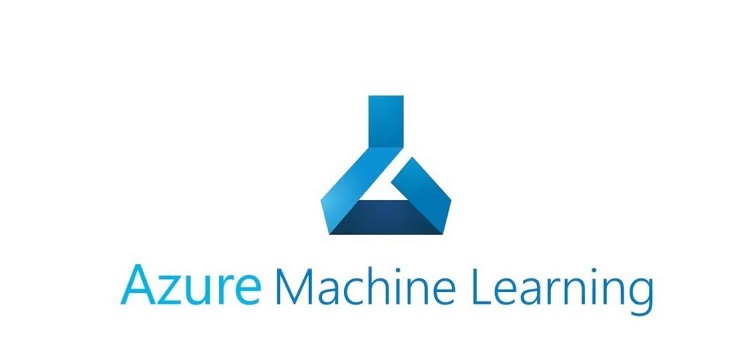A growing number of organizations are taking advantage of machine learning to increase efficiency, enhance customer experiences and drive innovation. With increasing use of machine learning, customers might wish to consider a cost-benefit and value analysis across infrastructure, operations, and processes—across their teams and organizations.
Azure Machine Learning is the enterprise-grade service to build and deploy models faster and accelerate the machine learning lifecycle. Thousands of customers, including many Fortune 100 customers are already realizing the impact and benefits provided by Azure Machine Learning. To provide a detailed analysis of the potential return on investment (ROI) with Azure Machine Learning, Microsoft commissioned the Forrester Consulting Total Economic Impact™ (TEI) study to examine the cost savings and business benefits enabled by Azure Machine Learning.
Key findings
Azure Machine Learning provides advanced machine learning operations (MLOps) capabilities for operationalizing the lifecycle. Forrester interviewed five customers that used Azure Machine Learning and surveyed 199 data science, machine learning, or AI decision makers. For the purposes of this study, Forrester aggregated the results from these customers into a single composite organization.
Forrester found that after investing in Azure Machine Learning, customers experienced many efficiencies in their ability to execute machine learning projects, drive greater revenue, and lower operating costs. Benefits were calculated for a three-year period and Forrester concluded that benefits scaled as the organization’s adoption of Azure Machine Learning increased.
Highlighted benefits of using Azure Machine Learning:
◉ Three-year projected ROI of 189 percent to 335 percent.
◉ Improved data scientist productivity by up to 25 percent and data engineering productivity by up to 40 percent.
◉ Up to 40 percent reduction in time to onboard new data scientists, resulting in reduced costs.
◉ Increase in operational efficiency by streamlining model development, training, validation, deployment, and monitoring.
◉ Improved time-to-value of machine learning initiatives and model accuracy resulting in increased revenue and cost savings.
◉ Cost savings from retiring legacy technology.
Source: microsoft.com





0 comments:
Post a Comment